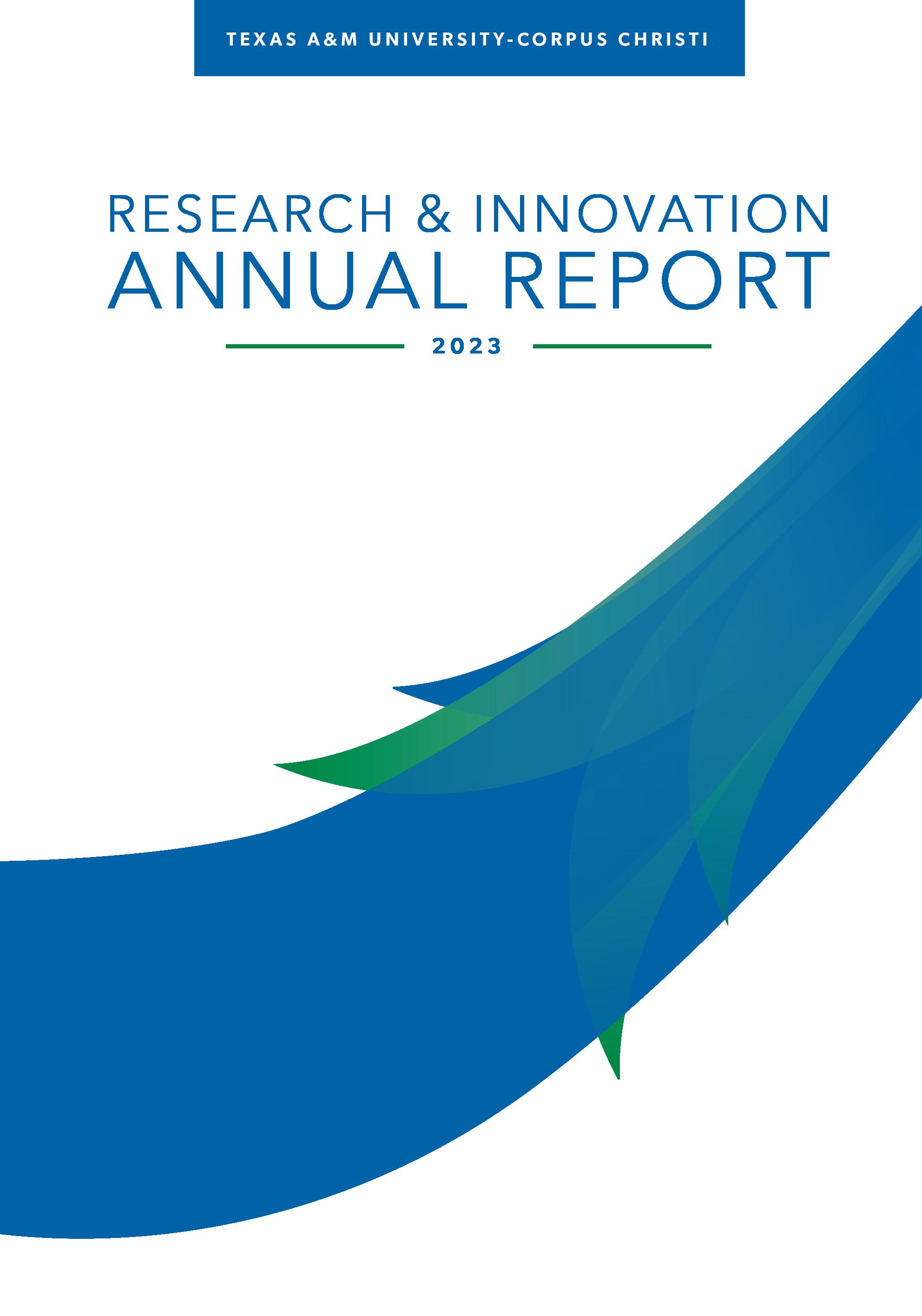
Recharged and Boundless
A mes sage from the Executive Vice President for Research and Innovation
This year has been one of tremendous growth and achievements. We are thrilled to announce the historic milestone of reaching $40M in annual research awards. This is a 50% percent increase from 2017. From breaking research funding records and forming transformative partnerships to earning prestigious recognitions, TAMU-CC researchers continue to elevate the university profile.
One of the objectives of the Islander Impact 2030 Strategic Plan is to empower knowledge discovery for impactful solutions to address regional, national, and global challenges. This report provides a glimpse of how we have been successful in achieving this goal. Examples include a National Science Foundation grant to study the
impact of flooding and droughts in underserved communities in the Gulf of Mexico region and a trailblazing initiative of establishing a national model for wildlife research operation centers with the Texas State Aquarium. I am proud of how we are continuing to advance our R2 status and serve as the intellectual capital of the region. We are recharged and the opportunities are boundless!
Sincerely,
Ahmed Mahdy
Dr. Ahmed Mahdy Executive VP for Research and Innovation Texas A&M University-Corpus Christi
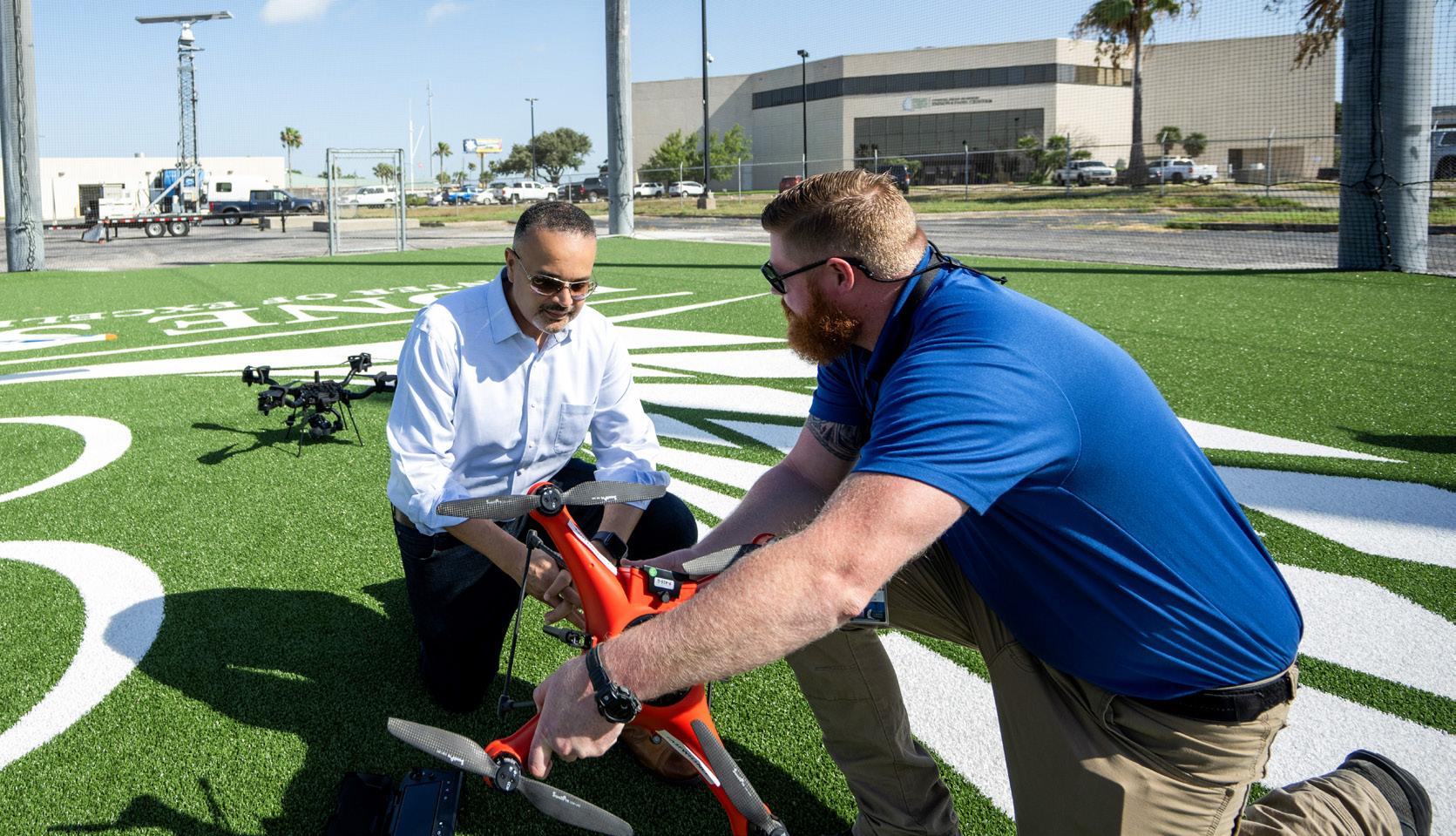
Research by the Numbers
#27 of 72
IN FEDERAL, STATE, AND LOCAL RESEARCH FUNDING TAMUS REGIONAL UNIVERSITY #1 IN RESEARCH EXPENDITURES TAMUS REGIONAL UNIVERSITY #1 IN ENGINEERING RESEARCH EXPENDITURES TAMUS REGIONAL UNIVERSITY #1 IN ATMOSPHERIC, OCEAN, AND GEOSCIENCE RESEARCH EXPENDITURES TAMUS REGIONAL UNIVERSITY #1 U.S. HISPANIC-SERVING INSTITUTIONS
PUBLIC, NON-MEDICAL UNIVERSITIES PER THE LATEST (DEC. 2022) NSF HIGHER EDUCATION AND RESEARCH DEVELOPMENT (HERD) SURVEY R2 UNIVERSITIES IN THE U.S.
#35 of 97
Mission Critical SpaceX Research

As all eyes point skyward during the next SpaceX launch, spare a moment to appreciate the innovative work happening at sea level.
Two Island University researchers — Drs. Jennifer Pollack and Kim Withers — have been tapped to help develop environmental restoration methods in the area directly surrounding the SpaceX launchpad near Boca Chica, Texas. The area is sensitive to physical impacts due to increased traffic and launch activities.
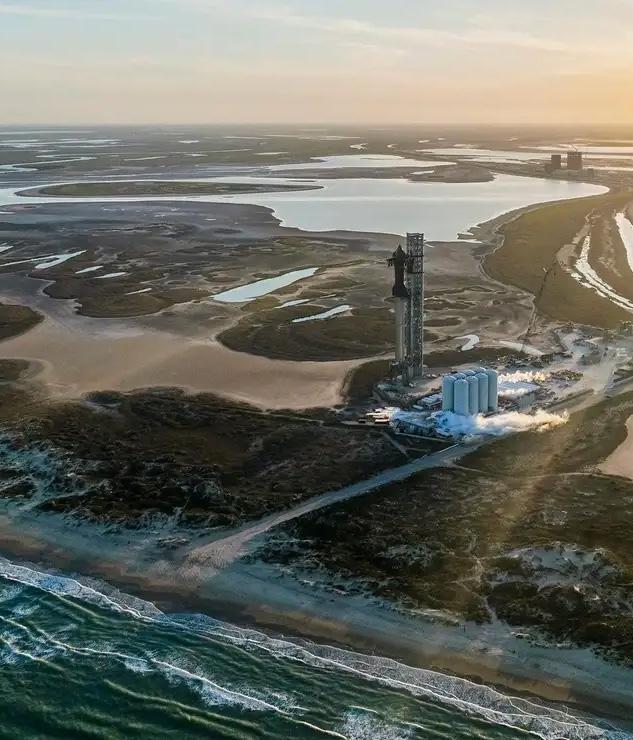
Boca Chica, located in the Lower Laguna Madre, is an important habitat for migrating and local shorebirds and is home to wind-tidal flats that are covered in cyanobacteria mats. These mats add important function and productivity to the ecosystem. When restored, the mats will increase local biodiversity, enhance foraging opportunities for wildlife, and improve the overall ecological function of the region. The researchers also work with the National Parks Service (NPS) on cyanobacterial research at the Padre Island National Seashore.
The projects, funded by SpaceX and the NPS respectively, are a testament to the university’s scientific expertise and unwavering commitment to protect and nurture our environment. These projects will ensure a vibrant and sustainable future for generations to come.
Pollack is a Professor and Chair for Coastal Conservation and Restoration at the Harte Research Institute for Gulf of Mexico Studies; Withers is an Associate Professor and Coordinator for the Biology and Fisheries and Mariculture graduate programs.
What’s in a Name?
In a meaningful tribute, three members of the Harte Research Institute for Gulf of Mexico Studies team have been honored by having newly discovered species of copepods named after them.
Dr. Melissa Rohal Lupher ’17, former HRI doctoral student, and Dr. Wonchoel Lee, former HRI post-doctoral researcher, engaged in the study, identification, and naming of four previously unknown species of copepods. These tiny aquatic crustaceans are vital for maintaining ecosystem health. Lupher and Lee named two species in honor of their HRI mentors and one in honor of an HRI student worker.
ZOSIME MONTAGNAI: named for Dr. Paul Montagna, HRI Endowed Chair for HydroEcology
ZOSIME TUNNELLI: named for the late Dr. Wes Tunnell, TAMU-CC Professor of Biology and HRI Endowed Chair of Biodiversity and Conservation Science
PERESIME PRYORAE: named for Marissa Pryor ’16, ‘19, who worked in Lupher’s lab
 Photo: SpaceX
Photo: SpaceX
Revolutionary Dental Care Research
Islander researchers are conducting cutting-edge research, which focuses on Magnetic NanoTechnology (MNT). The project, which received initial funding of $256,000 from the National Science Foundation, has the potential to bring about a revolutionary transformation in the dental care industry.

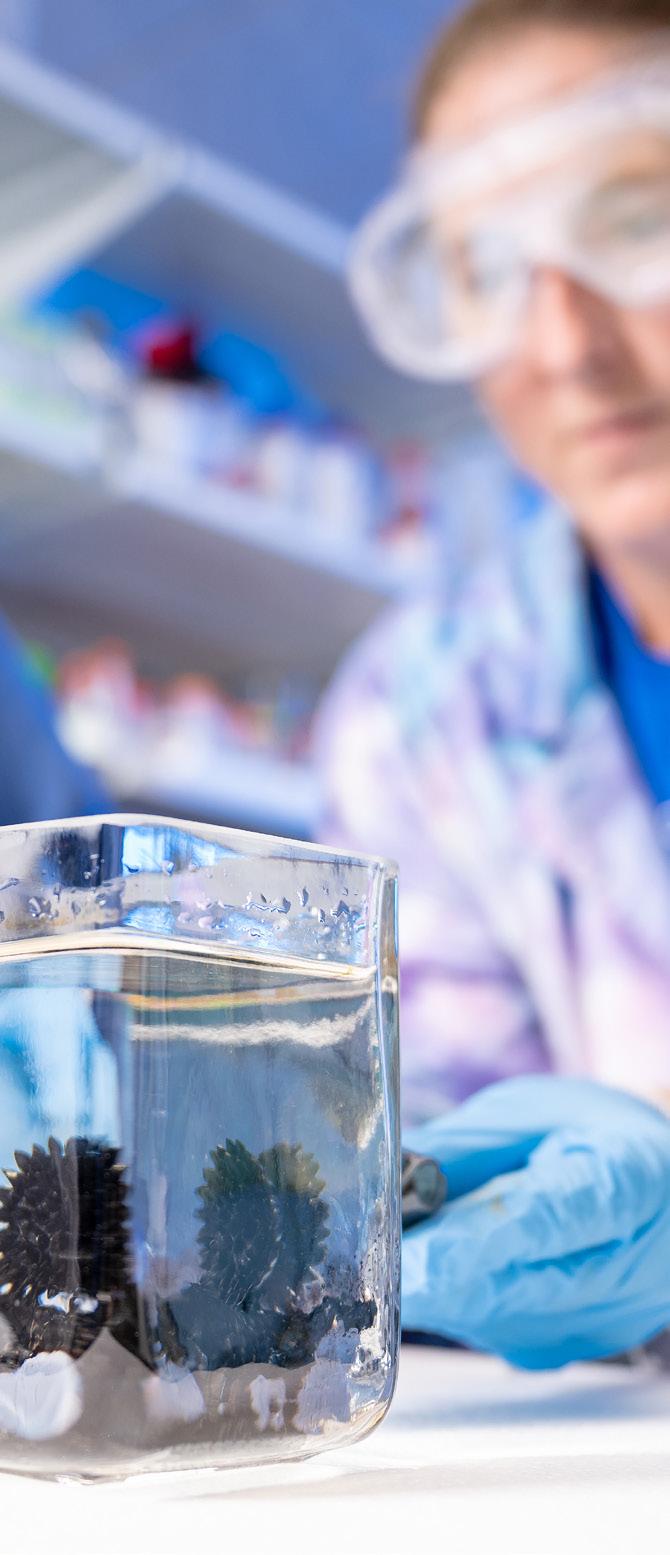
MNT SHINE is an interactive remote-controlled toothpaste/toothbrush combination that uses high-tech, highly magnetic, interactive, and anti-bacterial properties to target gums, cavities, and hard-to-reach tooth crevices. MNT SHINE will treat existing plaque and bacteria and is predicted to prevent the growth of harmful biofilms that are linked to serious health conditions, including diabetes, cancer, Alzheimer’s disease, and cardiovascular disease; these biofilms can also lead to a buildup of plaque in the heart and arteries. The product could also assist with hard-to-clean mouth wires or orthodontic devices.
Spearheading the project is Dr. Leisha Armijo-Martin, TAMU-CC Nanomaterials Engineer and Nanotoxicologist. So far, testing has been shown to wipe out infections and reduce inflammation in the gums of mice. In compliance with Food and Drug Administration regulations, the team will conduct subsequent testing on a non-rodent species prior to advancing to human clinical trials.
Once MNT SHINE is FDA-approved, it will be marketed to orthodontic patients with the goal of landing on local store shelves within the next two years.
Preserving the Past for Future Generations
Within the Mary and Jeff Bell Library at Texas A&M-Corpus Christi, the Special Collections and Archives Department safeguards a collection of fragile, rare, and highly valuable items. These treasures include rare books, correspondence, and other artifacts that are preserved by dedicated archivists to facilitate historical research and writing. While preservation remains a top priority, ensuring access to these historic records is equally important. The National Endowment for the Humanities recently awarded the university a three-year $500,000 federal matching funds grant to initiate a vital project for the archives. The objective is to relocate the archives from the Island Campus to the university’s downtown mixed-use building.
The current archival space has reached capacity, and the move to a larger, purpose-built facility will provide enhanced long-term storage capabilities, including improved hurricane protection and environmental controls. Moreover, the new state-of-the-art space will incorporate an exhibition room, offering an opportunity to showcase numerous collections that will engage the community and share our rich history. Notable among these collections are the Charles F. H. von Blucher Collection, the Murphy Givens Papers, the L.H. Gross Papers, and the Dan E. Kilgore Collection.
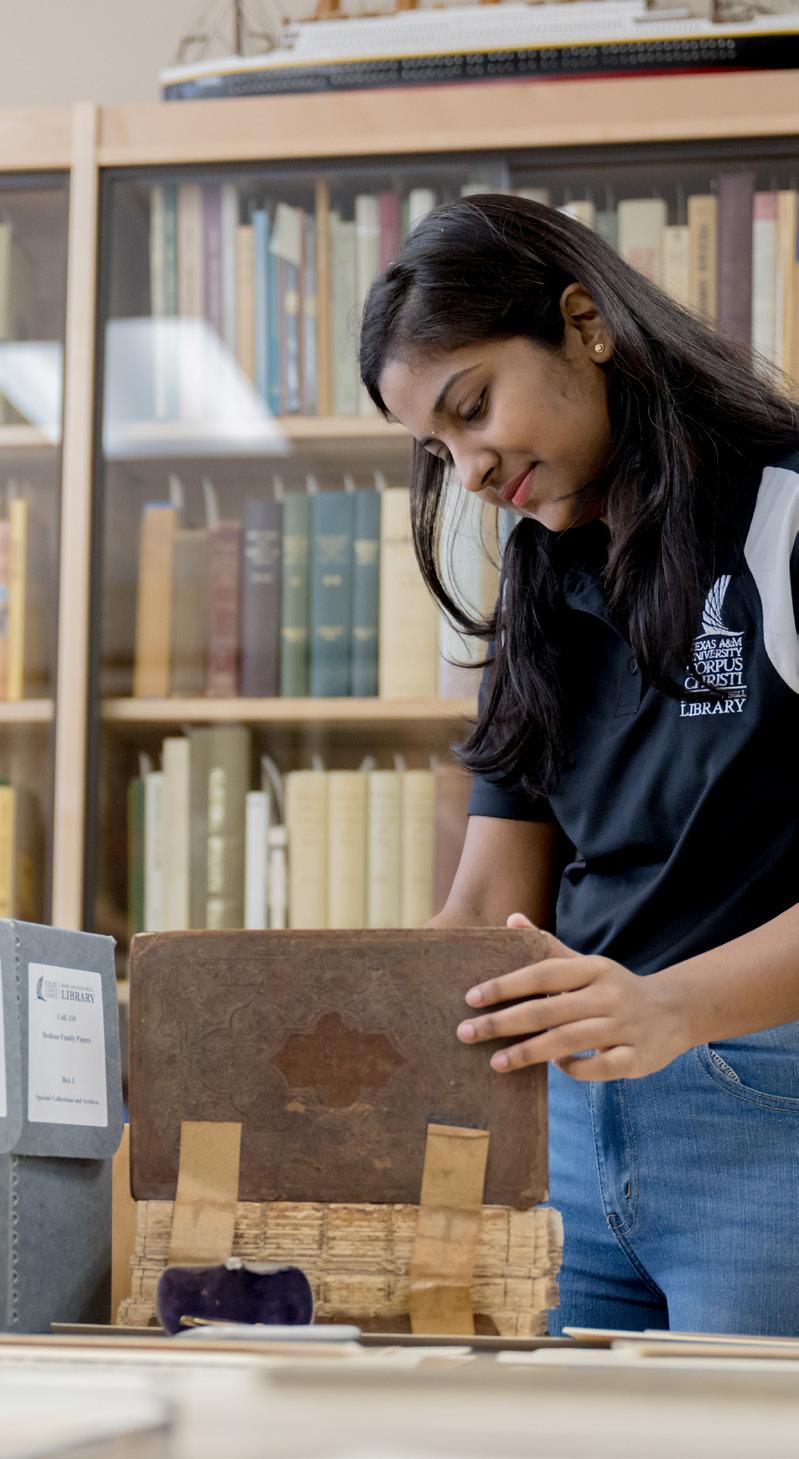
TAMU-CC to Co-Found a National Model for Wildlife Emergency Response
Severe weather, disease outbreaks, wildfires, invasive species, destructive human activities— the causes of wildlife emergencies are varied and can arise in an instant. These crises demand immediate intervention to minimize their impacts on animal populations and ecosystems.
Texas A&M-Corpus Christi has embarked on a pioneering initiative with the Texas State Aquarium (TSA) for a new national model for wildlife rescue and rehabilitation. At the heart of this endeavor is the TSA’s Wildlife Rescue Center, a 26,000-square-foot, state-of-the-art center, which opened in spring 2023. It is the largest coastal wildlife rescue facility in Texas and the only one in the state permitted to treat marine mammals, raptors, shorebirds, and sea turtles. It can accommodate thousands of animals at any given time.
The center includes a Wildlife Response Operations Center (WROC), which acts as a centralized hub for gathering information, mobilizing resources, and facilitating effective decision-making during wildlife-related crises. As part of the WROC, TAMU-CC provides experts that will engage in disaster and wildlife response planning, research and development, training and testing, data collection and analysis, resiliency modeling, and workforce development.
Emergency response entities at the state and federal levels are also part of the cooperative. Ultimately, the goal is to utilize the expertise within the WROC to not just respond to emergencies, but to become a proactive mechanism to prevent wildlife disasters.
“The Island University is proud of all of our partnerships with the Texas State Aquarium; however, this one is exceptional as it will bolster the resiliency of our local ecosystem,” said Dr. Kelly M. Miller, TAMU-CC President and CEO. “Together, we will combine our respective strengths, expertise, and resources to make a positive impact on the welfare and conservation of the region’s wildlife. We are honored to be the founding higher education institution of this alliance.”
Jesse Gilbert ’07, ’14, ’22, TSA President and CEO, said he is excited to formalize the longstanding partnership between his alma mater and the aquarium.
“We have multiple leaders at the aquarium with degrees from TAMU-CC, and it’s great to see the university’s investment in us as students, alumni, and now, as we lead the country in saving endangered species,” Gilbert said.
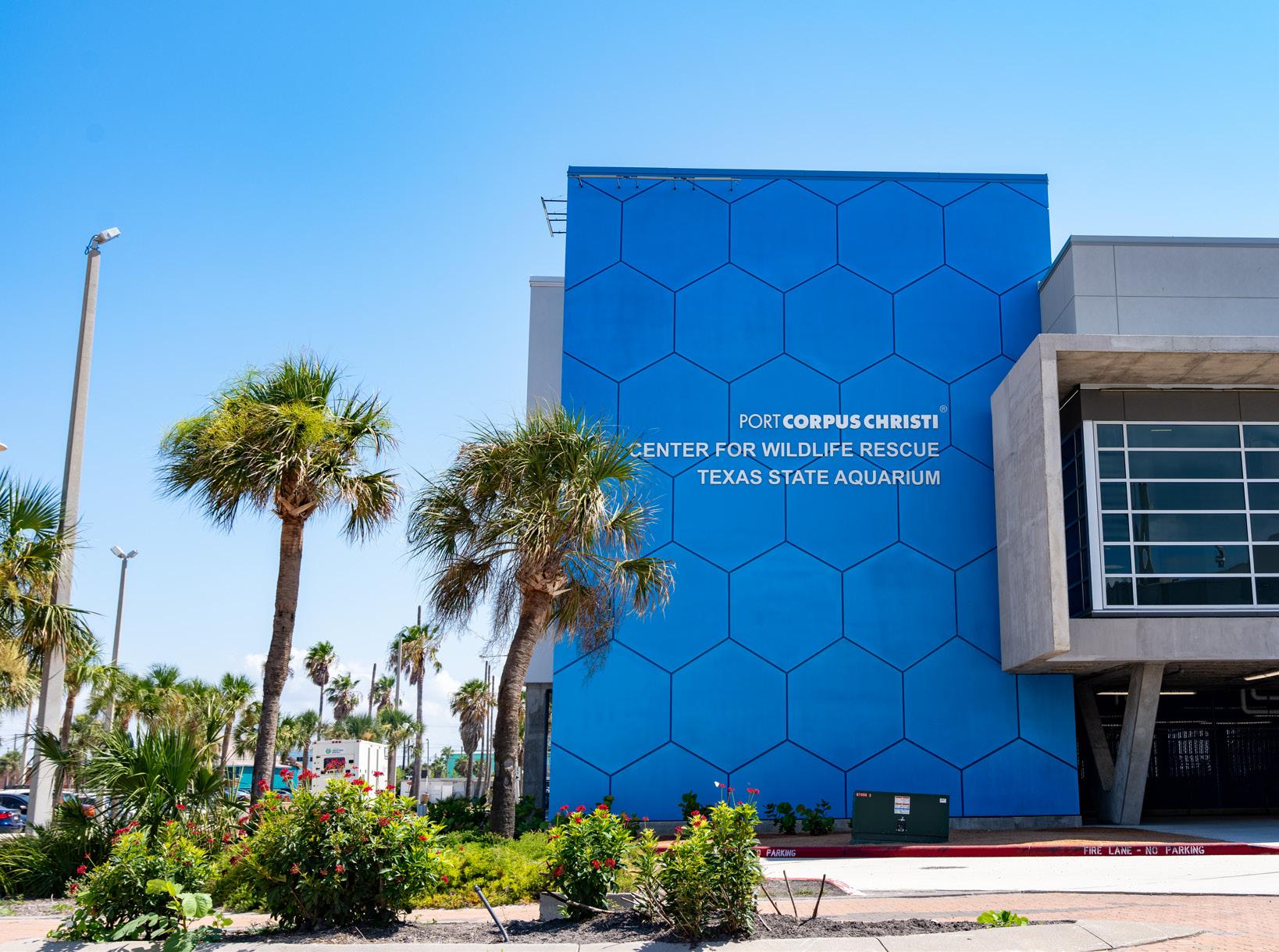
Integrating UAS Technology to Revolutionize Highway Construction
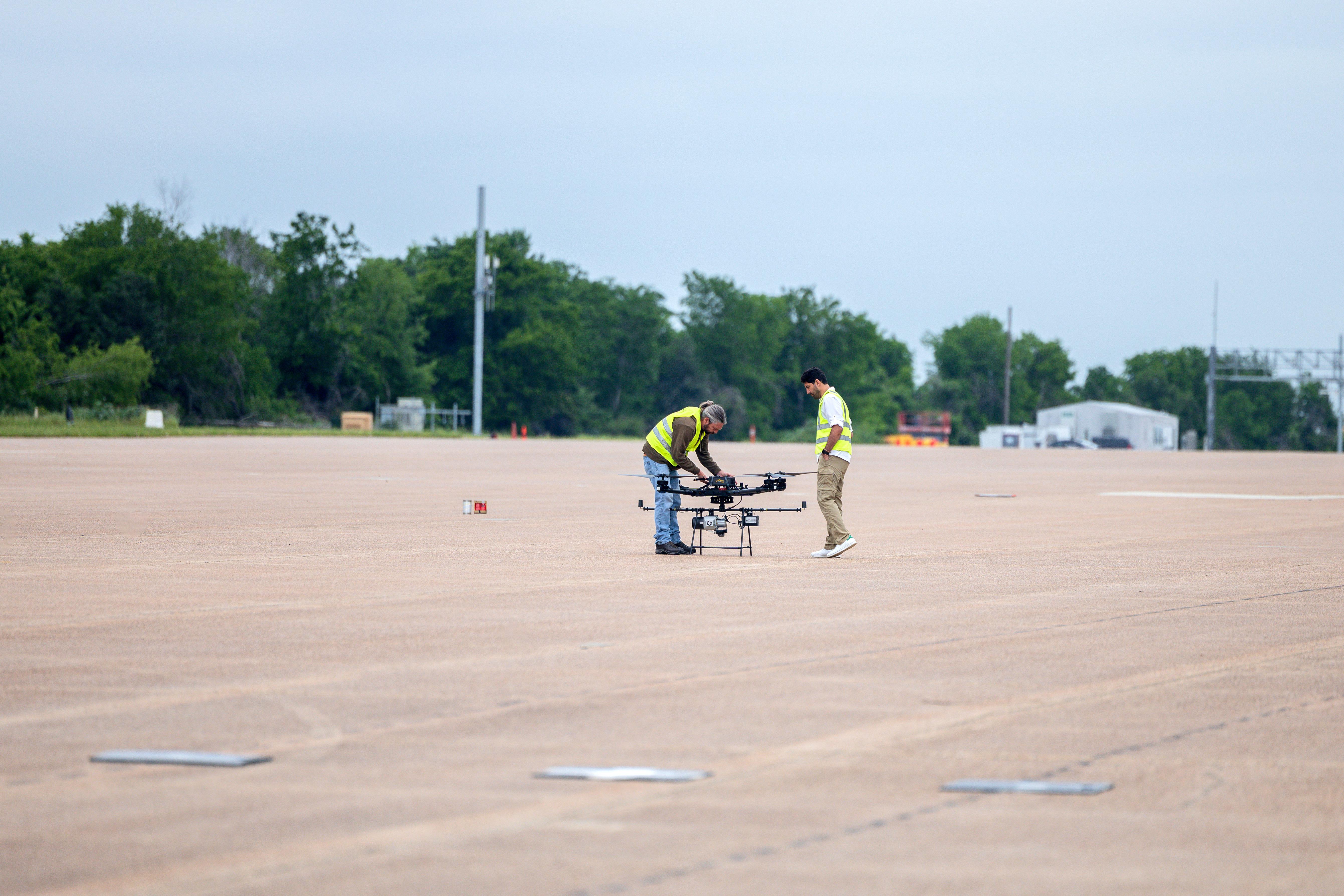
Using advanced surveying technologies to improve highway planning and construction is the focus of a grant-funded project at the Conrad Blucher Institute for Surveying and Science (CBI) at Texas A&M-Corpus Christi. The Texas Department of Transportation (TxDOT) is enlisting researchers from CBI’s Measurement Analytics Lab (MANTIS) to recommend improvements to the methods it uses for surveying and mapping.
Traditional land surveying methods, which use ground-based instruments for data collection, can be time consuming and pose safety risks for surveyors working along busy roadways. However, using reality capture technologies like photogrammetry and Light Detection and Ranging (LiDAR), Unmanned Aircraft Systems (UAS) can be equipped with cameras and sensors to collect data in safer, more efficient, and cost-effective ways.
“There’s been a growing need to evaluate UAS surveying technologies in day-to-day operations, and our research will help determine best practices so entities like TxDOT can integrate them into their land surveying activities,” said Dr. Michael Starek, CBI Chair for Remote Sensing and Autonomous Systems for Geomatics. “It’s just one of the ways CBI is pushing the boundaries of geomatics research.”
The $320,000 TxDOT grant will support the project for two years.
illion
92 SENSOR STATIONS ALONG THE TEXAS COAST O ver 3 M illion F eet OF TEX AS COASTLINE SURVEYED BY CBI SINCE 2007
Did you know? 1.5+ B
Data Points FROM
Over $3M Awarded to Center for Water Supply Studies for Transformative Research
The long-established Center for Water Supply Studies (CWSS) at Texas A&M-Corpus Christi is engaged in transformative research projects that shed new light on the intricate relationship between human activity, clean water supplies, and the resilience of our coastal environments. Data from CWSS studies drive scientific discovery and provide crucial insights that shape sustainable practices and policies to ensure the availability of clean water for generations to come.
“Our grant-funded projects strengthen TAMUCC’s status as a research institution committed to addressing real-world challenges with direct implications for our community and region,” said Dr. Dorina Murgulet, CWSS Director and TAMU-CC Professor of Hydrogeology. “In addition, these projects open doors of opportunity for our STEM undergraduate and graduate students. Through active participation in fieldwork, data collection, and analysis, students gain invaluable practical training that enhances their academic journey, increases their competitiveness in the job market, and contributes to the sustainable future of our coastal communities.”
A project supported by a $1.6 million National Science Foundation (NSF) grant aims to better understand how flooding and droughts affect vulnerable, underserved, and unincorporated ground-water dependent communities in the northwestern Gulf of Mexico region. These coastal “colonias” face a disproportionate risk of toxicants exposure due to long-standing
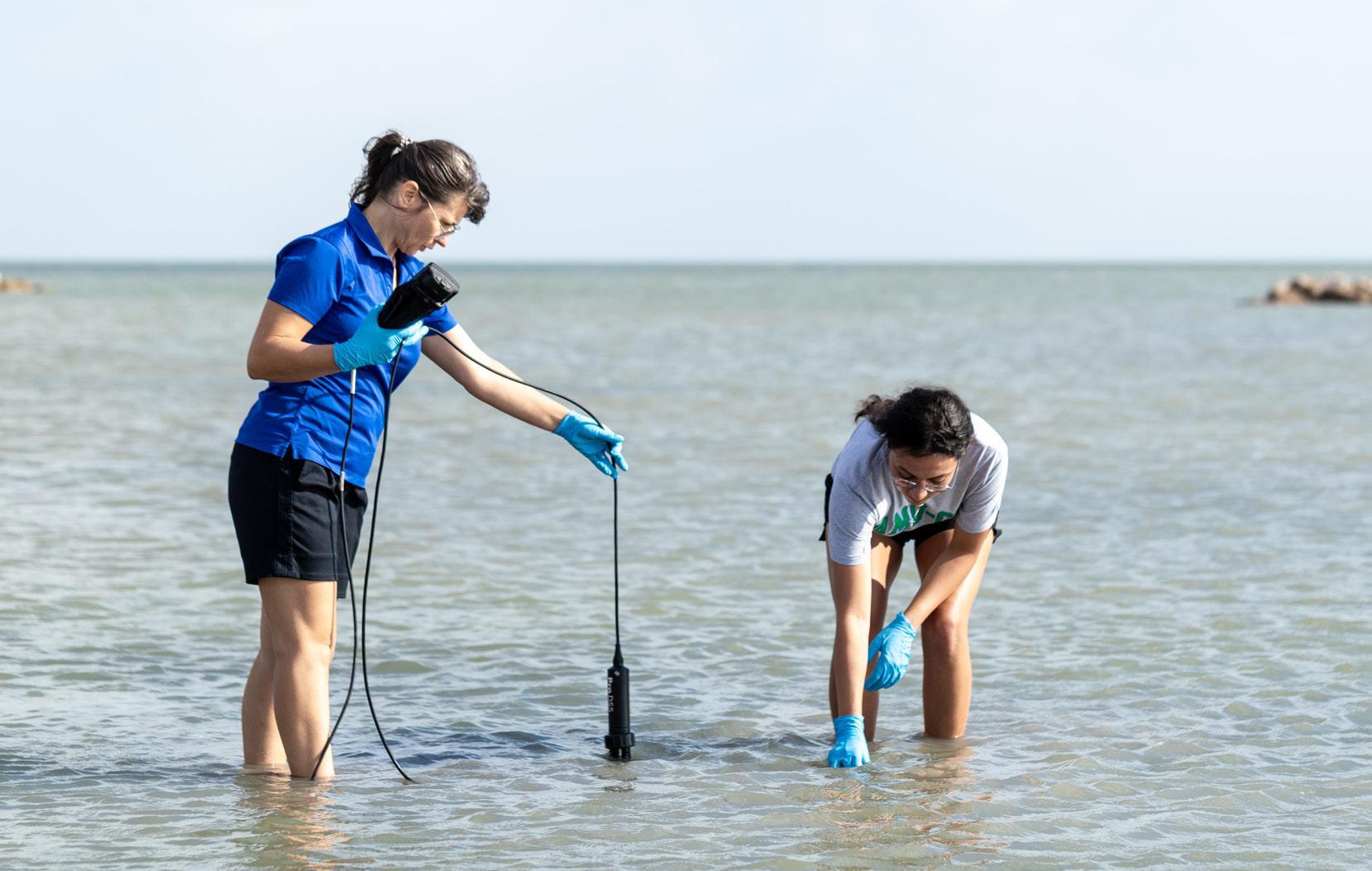
groundwater contamination from nearby landfills, cesspools, abandoned oil wells, and inadequate infrastructure.
“The research and fieldwork experiences have been extremely valuable,” said Laura Button ’23, ’25, a coastal and marine systems science master’s student. “I have also had the opportunity to become a teaching assistant, and I feel hopeful and well-prepared to find a full-time position following graduation.”
The Texas General Land Office (TGLO) recently awarded the CWSS more than $1 million to expand upon an existing $900,000 project of special merit to assess the vulnerability of septic systems and other buried sewage infrastructure along the Texas coast to better understand how these contaminants affect the quality of nearby bodies of water.

TGLO and its member agencies will use the data to develop new measures to better control pollution and increase the resiliency of critical coastal resources.
NSF also awarded the CWSS a Major Research Instrumentation (MRI) Program grant of $330,000 for the acquisition of a leading-edge portable Geoprobe System that increases the capability of university researchers to identify target contaminated subsurface zones, enhancing the overall study of hydrology and geoscience research and student training.
Gulf Scholars Program Fosters Future Leaders
Developing the next generation of leaders who are equipped to make a lasting positive impact on the Gulf of Mexico region is the goal of a pilot program launching at the Island University. Funded by the National Academies’ Gulf Research Program, the Gulf Scholars Program (GSP) at Texas A&MCorpus Christi is a five-year $450,000 project that will prepare undergraduate Islander students to address the Gulf’s environmental, health, energy, and infrastructure challenges.
“GSP is perfectly aligned with our campus vision and mission, and what we are already doing at the graduate level through efforts of the Harte Research Institute for Gulf of Mexico Studies (HRI),” said Dr. Mark Besonen, HRI’s Director of International Programs. “We are thrilled that we can now develop a Gulf-centric program to provide a similar opportunity for our undergraduates.”
GSP will actively engage undergraduate students and faculty from diverse academic disciplines to create co-curricular and extracurricular research experiences relating to community health and resilience, environmental protection and stewardship, and offshore energy safety. Funding will also support student stipends.
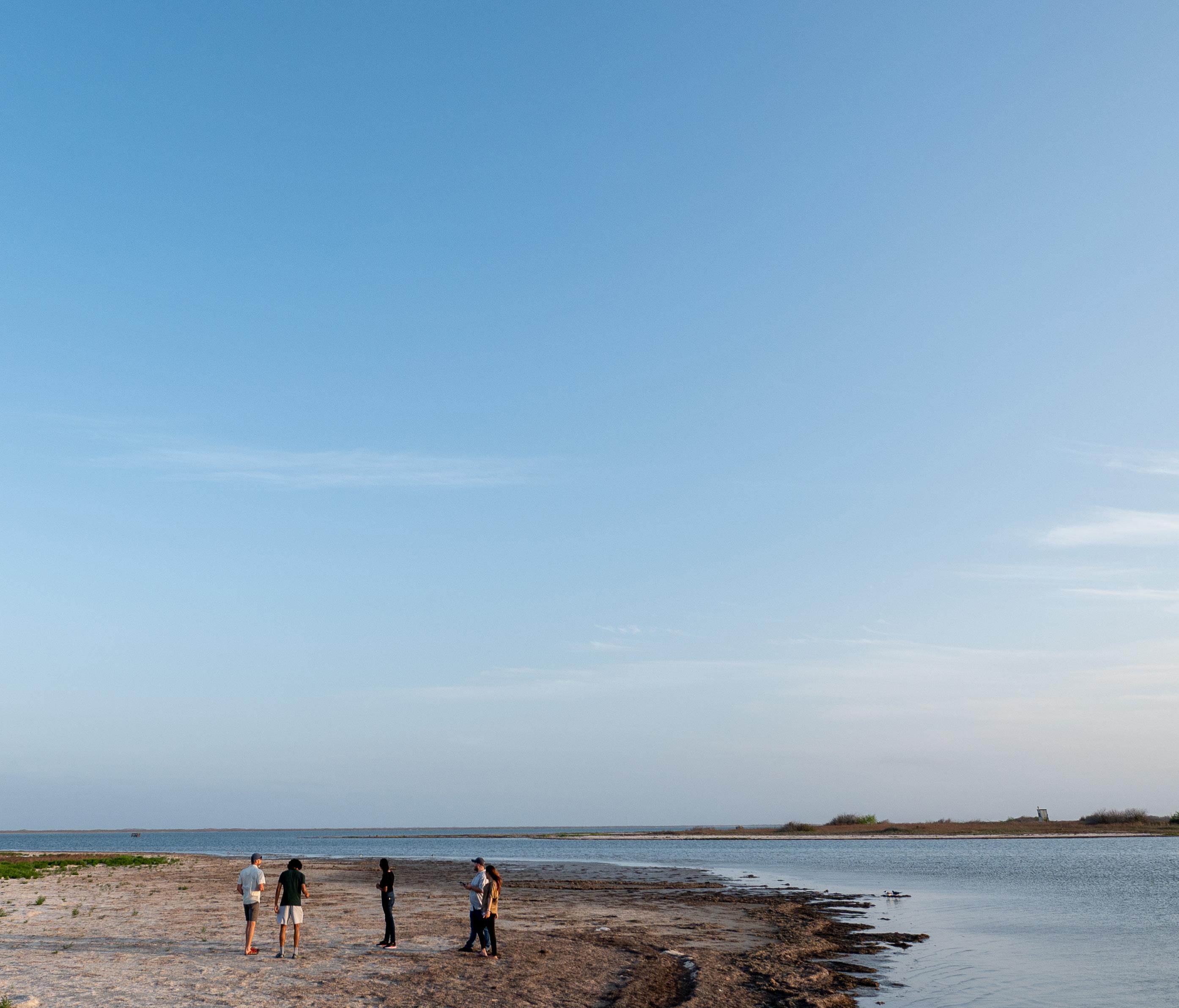
“This is a phenomenal opportunity to take advantage of the incredible human capital we have on campus, and harness the university’s complete range of faculty, research, and outreach programs for the benefit of our undergraduates, the Corpus Christi region, and the Gulf of Mexico region in general,” Besonen said. Did
40 A cres OF OY STER REEFS RESTORED
13, 000+ Fish and Sharks TAGGED IN COLLABORATION WITH CITIZEN SCIENTISTS
you know?
Shark Week
FEATURES SINCE 2017 National Center OF ACADEMIC EXCELLENCE IN CYBER DEFENSE BY NSA
1 of 7 FAA UAS TEST SITES IN THE U.S.
7





 Photo: SpaceX
Photo: SpaceX






